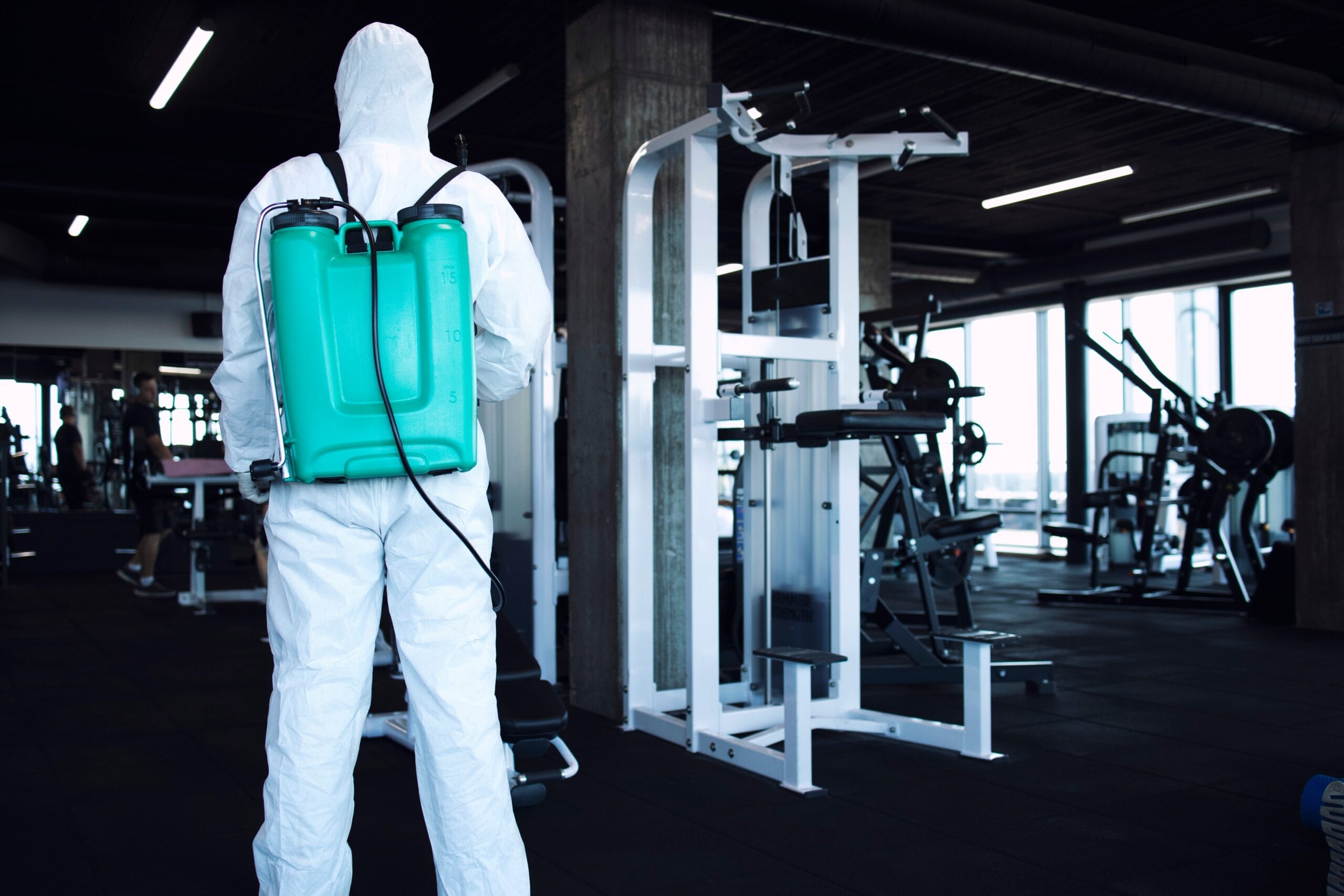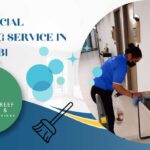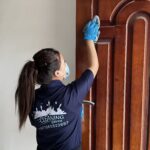Cleaning, disinfection, and sanitization are essential processes that help maintain a clean and healthy environment. While cleaning is the process of removing visible dirt and debris, disinfection and sanitization involve killing germs and bacteria that may not be visible to the naked eye.
Disinfection involves using chemicals such as bleach or hydrogen peroxide to kill germs and bacteria on surfaces. It is essential in areas where there is a high risk of infection, such as hospitals, schools, and public areas. Disinfection helps prevent the spread of germs and bacteria and can reduce the risk of infection.
Sanitization is the process of reducing the number of germs and bacteria on surfaces to a safe level. It involves using chemicals or heat to kill germs and bacteria. Sanitization is essential in areas where there is a risk of infection, such as kitchens and food preparation areas.
There is that old byword that cleanliness comes next to saintliness. The notion that the mortal race has a moral obligation to keep ourselves, our homes and our work spaces clean could not get a more resounding yes than in moment’s environment of Covid-19.

Why is Cleaning, Disinfection, and Sanitization Important?
Cleaning, disinfection, and sanitization are essential practices for maintaining a safe and healthy environment, particularly in a post-COVID world. These practices are important because they help prevent the spread of germs, viruses, and bacteria that can cause illness.
Cleaning involves removing dirt, dust, and grime from surfaces, which can help reduce the number of germs present. However, cleaning alone doesn’t necessarily kill the germs, so it’s important to also disinfect and sanitize surfaces.
Disinfection involves using chemicals to kill germs on surfaces. Disinfectants are particularly important for high-touch surfaces like doorknobs, light switches, and countertops, which can harbor a high number of germs and bacteria.
Sanitization involves reducing the number of germs on surfaces to a safe level. Sanitizers are commonly used in food service environments to help prevent the spread of foodborne illnesses.
Overall, cleaning, disinfection, and sanitization are important for maintaining a safe and healthy environment, particularly in high-traffic areas like workplaces, schools, and public spaces. By implementing these practices, we can help reduce the spread of illness and keep ourselves and others healthy.
Tips for Implementing Cleaning, Disinfection, and Sanitization
When implementing cleaning, disinfection, and sanitization practices, it’s important to use the right products and follow manufacturer instructions for use. Before disinfecting, it’s essential to clean surfaces to ensure the disinfectant is effective. High-touch surfaces, such as doorknobs, light switches, and countertops, should be cleaning and disinfected frequently, ideally at least once a day. By focusing on these key areas and using the right products, you can help reduce the spread of germs and bacteria, and maintain a safe and healthy environment.
Another tip for effective cleaning, disinfection, and sanitization is to develop a cleaning schedule. Having a regular cleaning schedule can help ensure that all areas are cleaned and disinfected regularly. Consider creating a checklist or calendar to keep track of what needs to be cleaned, how often, and by whom. It’s also important to make sure that cleaning supplies and equipment are well-stocked and easily accessible to those responsible for cleaning. By creating a schedule and ensuring that all necessary supplies are readily available, you can help ensure that cleaning, disinfection, and sanitization practices are consistently implemented and effective.
What are some common disinfection products?
Disinfection products come in many different forms, but it’s important to choose a product that is effective against the specific germs you’re trying to eliminate. Some common disinfection products include bleach, which is effective against a wide range of germs and bacteria but should be use with caution as it can damage certain materials. Isopropyl alcohol is another common disinfectant that is effective against many types of germs and bacteria, and it evaporates quickly without leaving a residue.

Hydrogen peroxide is also effective against many types of germs and bacteria and can be use on a wide range of surfaces. Other common disinfectants include quaternary ammonium compounds, which are effective against many types of bacteria and viruses, and sodium hypochlorite, which is commonly use in pool sanitation but can also be use as a disinfectant for surfaces. It’s important to follow the manufacturer’s instructions for use when using any disinfectant product to ensure it is used effectively and safely.
How often should you clean and disinfect my home or workplace?
The frequency with which you should clean and disinfect your home or workplace will depend on a few factors. Including the number of people present, the amount of traffic, and the type of activities taking place. As a general rule, high-touch surfaces such as doorknobs, light switches. And also countertops should be cleaning and disinfected at least once a day. If there are many people coming and going, or if there are activities that increase the risk of spreading germs, such as eating or coughing, more frequent cleaning and disinfection may be necessary.
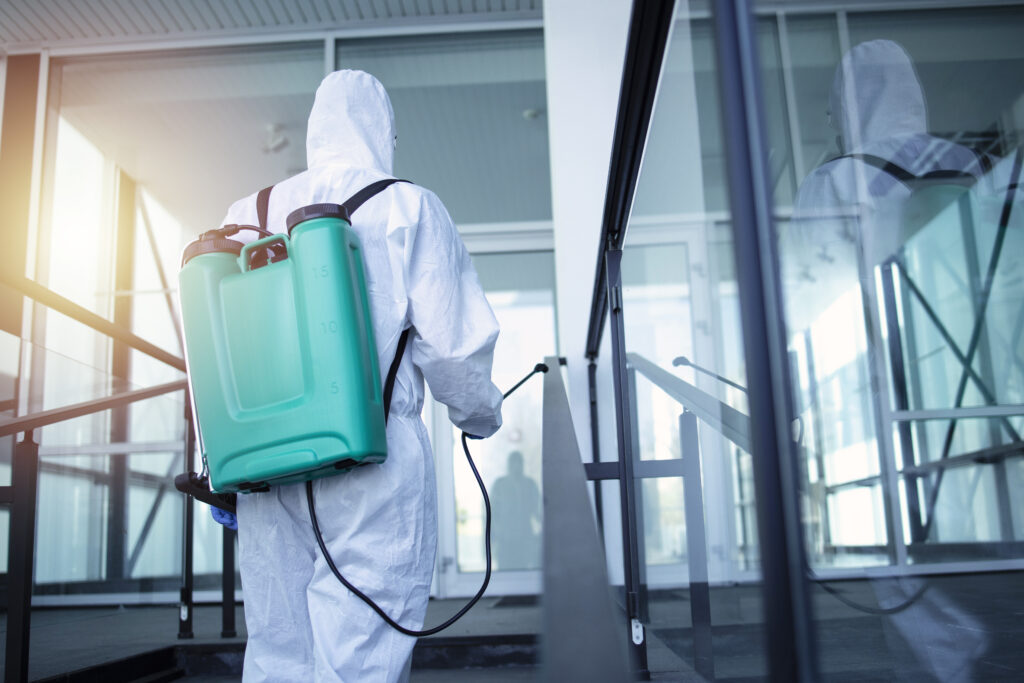
Now comes Protective Personal Equipment (PPE). Drawing crew hired to carry out detergent cleaning suffer technical training. This includes learning how to be dressing for the occasion with the correct PPE vesture. Hair cover, face guard, N95 mask, surgical gown and gloves. And also shoe cover are all must- plutocrats when it comes to being in the right PPE outfit. And also the real work begins. However, the drawing company should originally seal off all areas that the verified Covid-19 case existent.
The cleaning crew will fog the area using a technical Ultra-Low Volume (UVL) fogging machine. The detergent chemical is releasing a fog or mist that’s dispersing and covers every corner of the point. Once the point is supersaturating with the detergent chemical dispersing through the fogging system as fog or mist, allow 45 twinkles to an hour for the detergent driblets to settle down onto all shells.
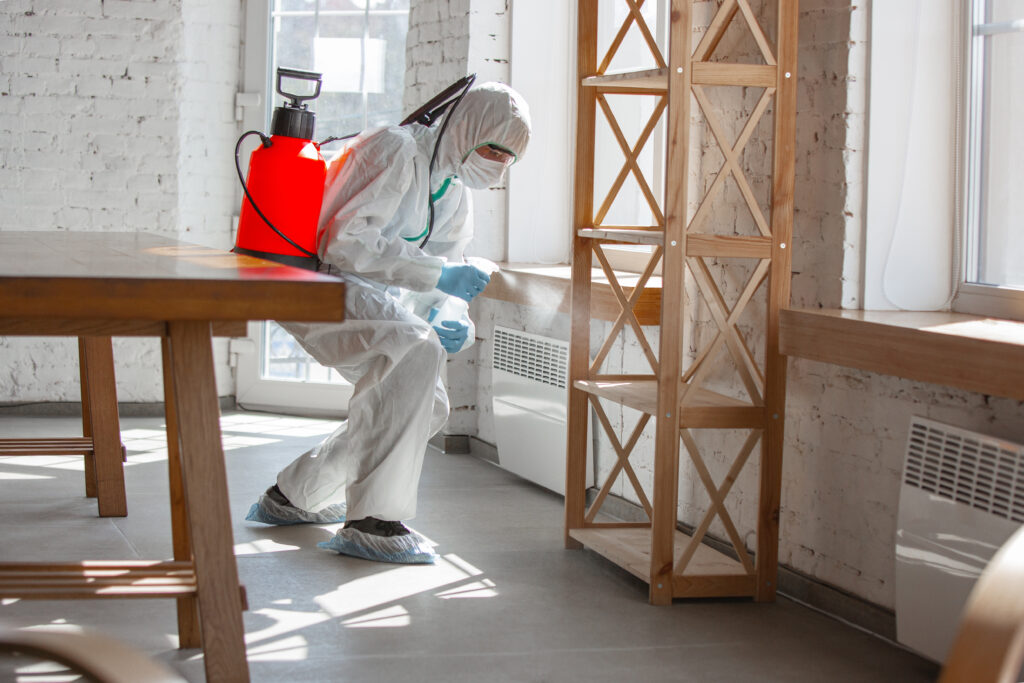
Conclusion
In conclusion, cleaning, disinfection, and sanitization are essential processes that help maintain a clean and healthy environment. While cleaning is important in removing visible dirt and debris, disinfection and sanitization. It is necessary to eliminate harmful pathogens that may be present on surfaces.
With the ongoing COVID-19 pandemic, the importance of disinfection and sanitization. It has become even more critical in preventing the spread of the virus. Hiring a professional cleaning service in Abu Dhabi that offers disinfection and sanitization services. It can help ensure that your home or office is clean, safe, and healthy.
When choosing a cleaning service in Abu Dhabi, it’s important to ensure that they follow proper disinfection. And also sanitization protocols and use high-quality cleaning agents and equipment. By doing so, you can rest assured that your home or office. It is not only clean but also free from harmful germs and bacteria.

